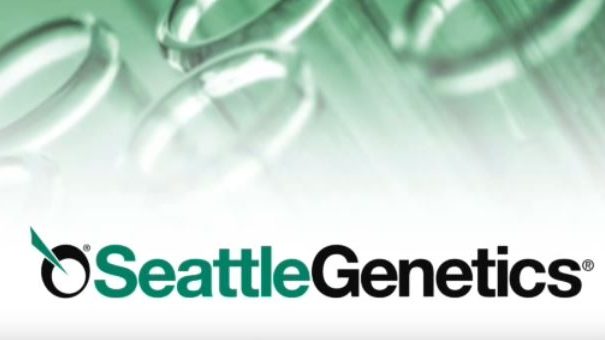
Seattle Genetics reports topline phase 3 HER2-Positive Breast Cancer Data
pharmafile | October 25, 2019 | News story | Medical Communications |
Seattle Genetics, a strong competitor in the breast cancer space, has reported topline results in its phase 3 study evaluating tucatinib as an adjunctive therapy to Roche’s Herceptin (trastuzumab) plus capecitabine against Herceptin and capecitabine in third-line HER2- positive breast cancer patients.
Commenting on the results analyst Andrew Fein, said: “We are impressed by the remarkable survival benefits in the overall patient population, with a 46% risk reduction of disease progression or death (p<0.00001), as well as a 34% risk reduction of death (p=0.0048).”
“The results were even greater among patients with brain metastasis; 52% showed reduction of risk for disease progression or passed away (p<0.00001).”
Fein illustrated that the differentiating value of tucatinib suggests a strong commercial outlook in the competitive HER2+ breast cancer landscape particularly in the subpopulation of patients with brain metastasis, where there is a significant unmet need.
Unlike antibody based treatments, tucatinib penetrates the brain making it ideal as a complement to those therapies rather than a specific competitor.
Additionally tucatinib does not bind to the EGFR receptor and as consequence has a much better safety profile.
The new data invoked a 15% spike in Seattle Genetics share price as the drug has the potential to sponge onto the massive success of Roche’s HER2 franchise which achieved sales of almost $7bn last year after feeling the effects of biosimilar competition.
Seattle Genetics licensed tucatinib from Cascadian Therapeutics last year in a deal that was valued at $614 million and it seems the deal was intrinsically valuable on the face of this new data.
One potential concern is the safety profile in the HER2CLIMB study with around 5% of patients taking the drug showing an increase in two enzymes that point to liver damage as compared to a control which saw only a 0.5% increase.
Nik Kiran








